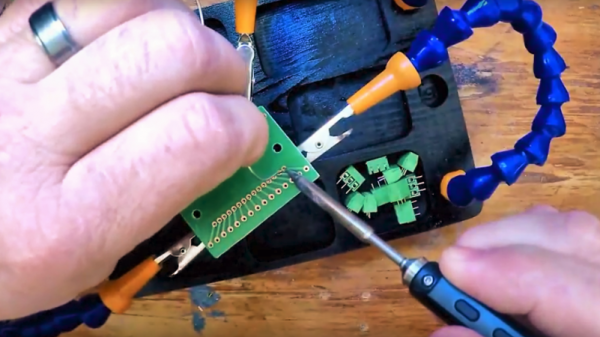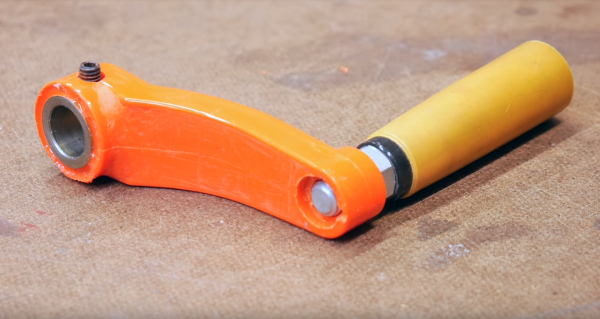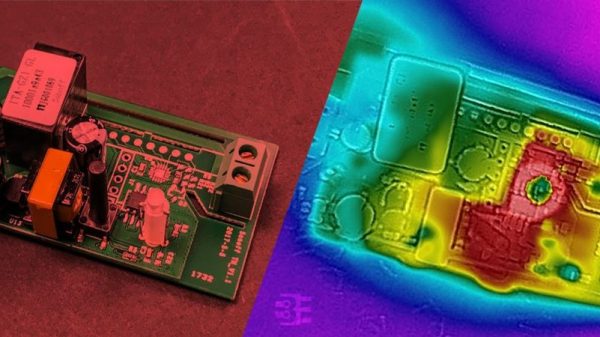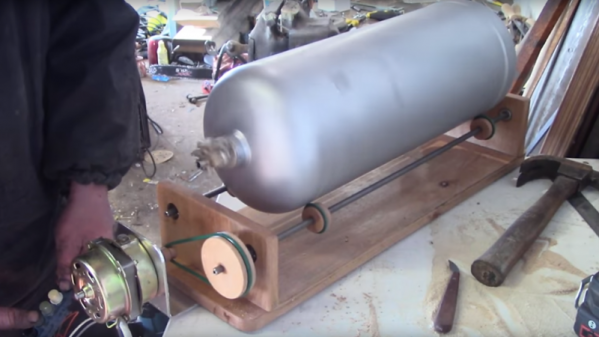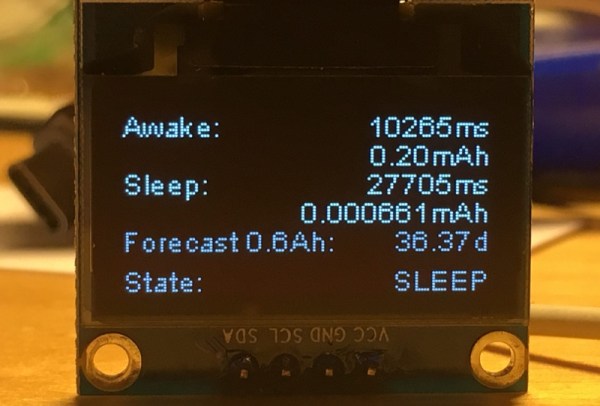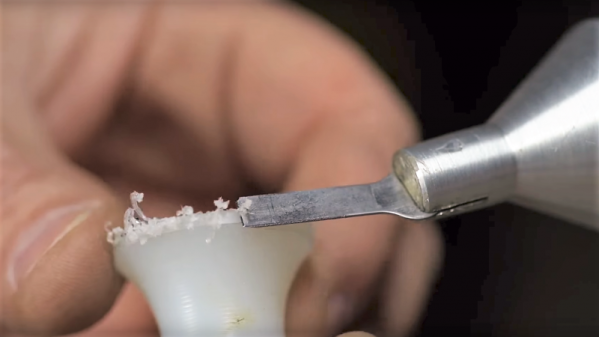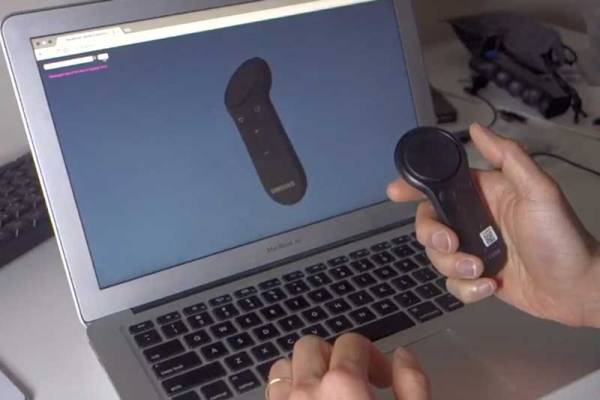Everyone needs a helping hand in the shop once in a while, and most of us have gone the traditional route and bought one of those little doohickies with the cast iron base and adjustable arms terminated in alligator clips. They’re cheap, they’re readily available, and they’re “Meh,” at best.
In the quest for better hands, [Jeremy S. Cook] came up with this custom design for a benchtop aid, and we’re pretty impressed. There are commercial designs out there that use the same flexible coolant hoses, called Loc-Line, which are often seen spewing coolant on metalworking machines like mills and lathes. But the stuff is cheap, and with a little work, you can build something that fits your needs rather than working around a commercial design. [Jeremy] cut the base for his out of standard dimensional lumber with a CNC router, but the same thing could be done with simple hand tools. A 3D-printed base would be easy enough, too, although it might require some ballast to keep it from wiggling on the bench. The Loc-Line hoses were easily modded to hold alligator clips, and we can imagine other accessories too, like lights and a magnifier — or even a 3D-printed scoop to suction soldering fumes through the hose.
It’s a simple project, to be sure, but a useful one, and we like the design. But don’t think [Jeremy] isn’t thinking big, too — remember his magnificent lighted polycarbonate Strandbeest?
Continue reading “Coolant Hoses Retasked To Lend A Helping Hand”

